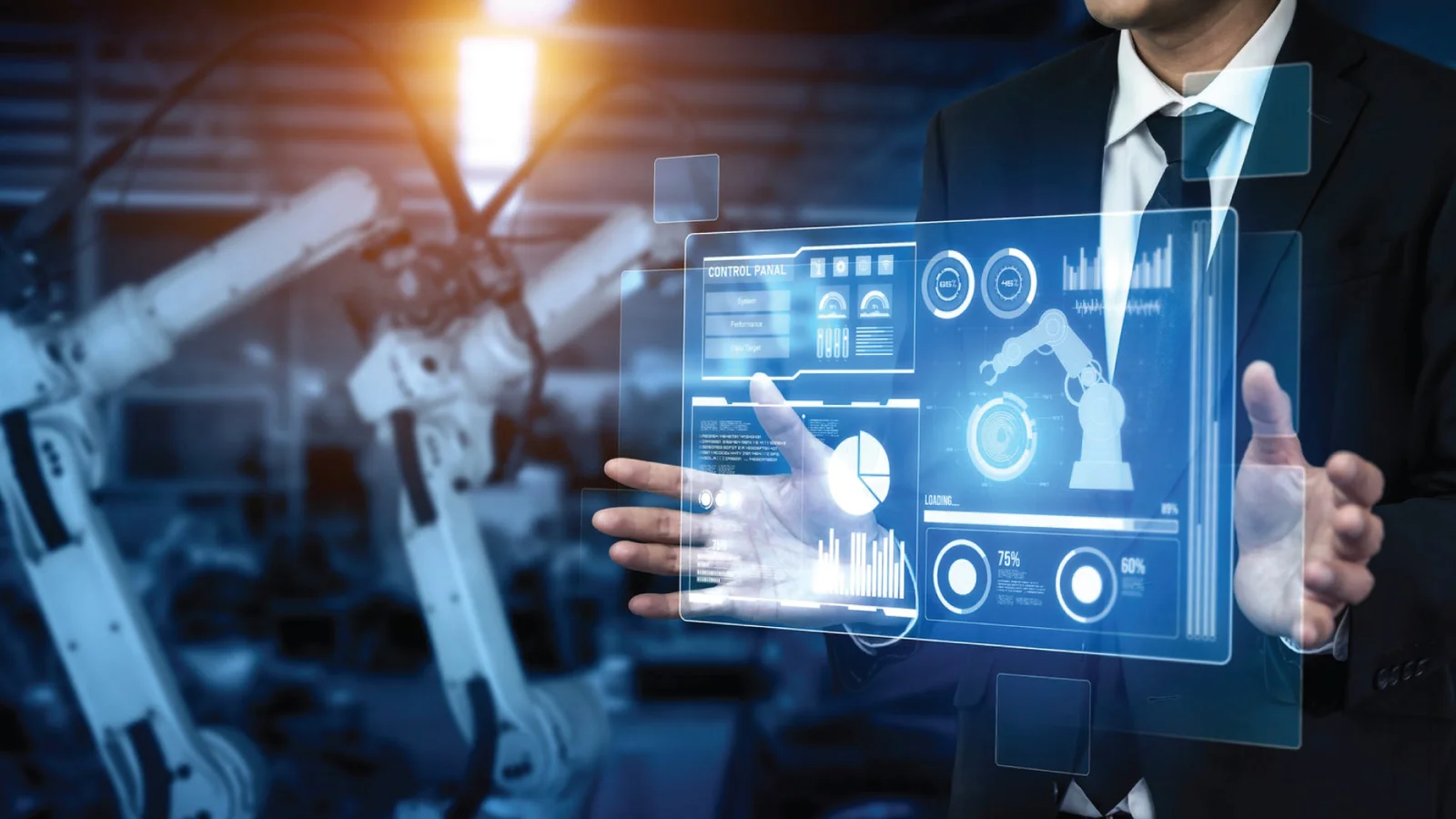As digital transformation redefines the future of work, automation is no longer a question of if but how. Yet, the true value of automation lies not in replacing human effort but in enhancing it. This evolution leads us to human centric automation in digital workplace environments—an approach that puts people at the heart of technological progress. It leverages smart tools to augment human capabilities, not override them, aligning workflows with individual needs and emotional intelligence. The goal is to build agile, adaptive, and compassionate workplaces where technology empowers, not alienates.
Understanding Human-Centric Automation in the Workplace
At its core, human centric automation prioritizes people when designing digital experiences. It considers how automation can relieve employees from repetitive, mundane tasks while preserving their sense of purpose, creativity, and control. Instead of creating rigid systems, this approach fosters adaptable environments where technology supports human judgment, learning, and collaboration.
Why Human-Centric Automation Matters More Than Ever
The pandemic catalyzed a shift in how and where work gets done. Remote and hybrid work models have intensified the need for digital tools that feel intuitive, helpful, and humane. Employees now expect digital systems that mirror their workflows, reduce friction, and support wellbeing. Human centric automation responds to this demand by fostering inclusion, personalization, and clarity in how automation supports work.
Key Principles Behind Human-Centric Automation
This approach relies on several foundational principles including user-centric design, inclusive access, seamless integration, and real-time responsiveness. It considers the cognitive load on employees, ensures interfaces are intuitive, and encourages feedback loops. Automation is embedded in ways that are not disruptive but additive to human workflows.
Technology That Enables Human-Centric Digital Workflows
Artificial intelligence, robotic process automation, machine learning, and natural language processing all play key roles in building human centric systems. However, it’s not just about the tech stack—it’s about how these tools are deployed. For example, chatbots that support HR tasks should understand context and tone. Digital assistants should prioritize transparency and allow users to override automated decisions when necessary.
How It Transforms Employee Experience and Productivity
Human centric automation enhances the workplace by freeing time for meaningful tasks, enabling faster decision-making, and reducing operational errors. It increases morale by making employees feel heard and supported. When designed with empathy, automation systems create smoother onboarding, better training experiences, and smarter daily workflows that improve focus and reduce burnout.
The Balance Between Empathy and Efficiency
It’s possible to be both highly efficient and deeply human in a digital workplace. That balance is the cornerstone of successful automation strategies. Leaders must ensure that optimization does not come at the cost of human connection or job satisfaction. Human centric design ensures that people feel valued, even when tasks are automated.
Examples of Human-Centric Automation in Action
Use cases are growing across industries. In healthcare, automation schedules patient follow-ups while allowing clinicians to personalize outreach. In customer service, intelligent routing tools direct queries efficiently without sacrificing empathy. In HR, automation simplifies benefits management but allows for human touchpoints in moments that matter, such as onboarding or grievance resolution.
For More Info https://bi-journal.com/art-of-human-centric-automation-in-the-digital-workplace/
Conclusion
Human centric automation in digital workplace environments redefines productivity not by removing people from the equation, but by elevating them. It is about creating synergy between human empathy and machine efficiency. As organizations invest in digital tools, embedding a human-first philosophy ensures that technology becomes a trusted partner, not a distant manager. In this new world of work, success belongs to those who blend intelligence with intention and automation with understanding.

